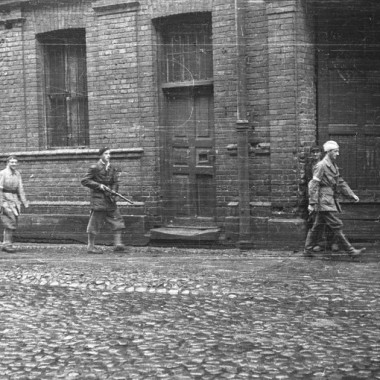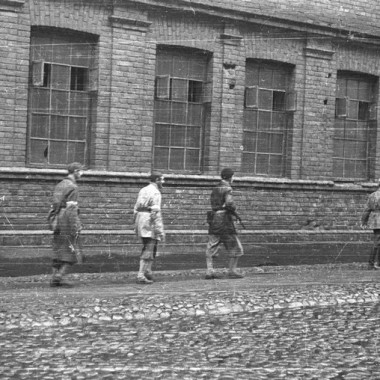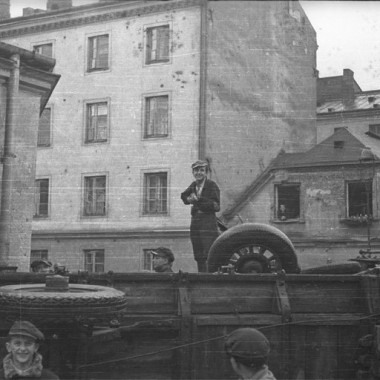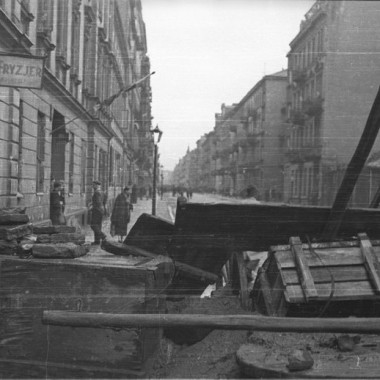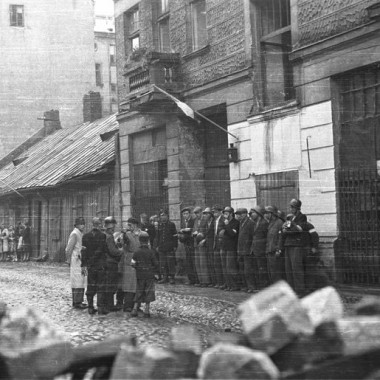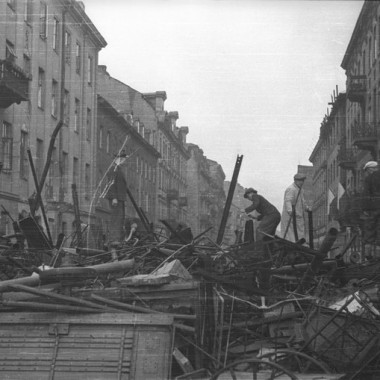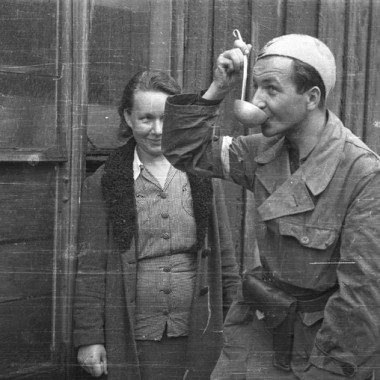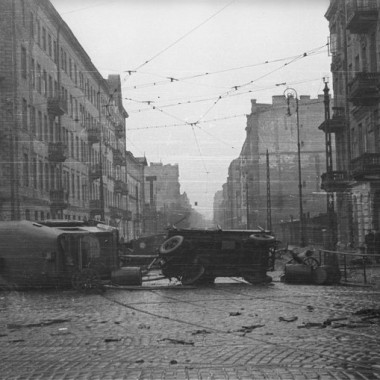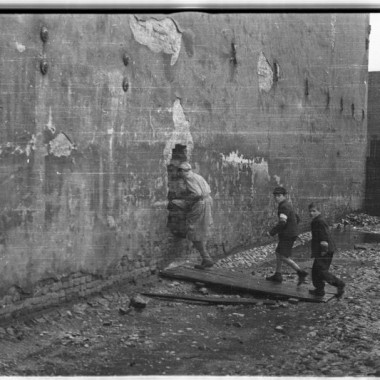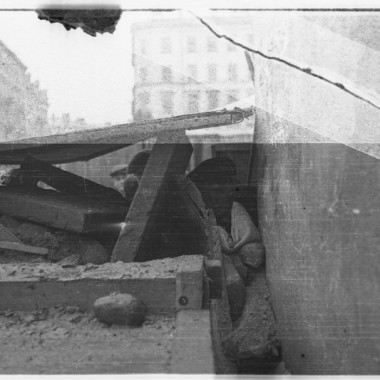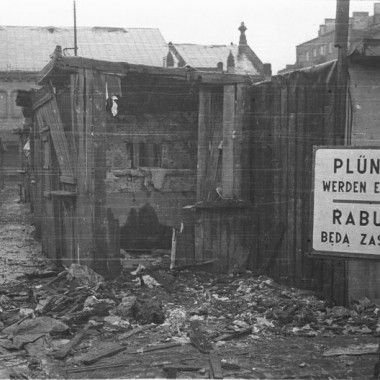Born on 15 January 1914, Lt. Stefan Bałuk "Kubuś", "Starba", used also assumed names of Michał Bałucki and Michał Zawistowski during the occupation in Warsaw. He passed his final secondary education exam in 1933 at the Rev. Stanisław Konarski Middle School run by Piarist Fathers in Rakowice near Kraków. Later in the same year, he completed his military service at the Reserve Infantry Officer cadet School in Grudziądz. In 1939, he was a graduate of the Financial and Economic Faculty of the School of Political Sciences in Warsaw a third year student of the Faculty of Law at the Warsaw University. On 6 September 1939, he volunteered to the 9th Armoured Battalion in Lublin. During his battalion's withdrawal to the east, when they were attempting to evacuate to Hungary, Bałuk was captured by a Soviet unit. Released and then recaptured, he managed to escape. On 20 December 139, he got to France via Hungary, Romania and Beirut. Enlisted in the 10th Armoured Cavalry Brigade under gen. Stanisław Maczek, he was assigned to the 10th Mounted Rifles Regiment. Following the capitulation of France in 1940, he was evacuated to the United Kingdom, where he served in the 10th Armoured Cavalry Brigade in Scotland. In May 1942, he volunteered for an intelligence and sabotage course for Silent Unseen operatives at the Intelligence School in Glasgow, which he graduated in the rank of 2nd Lieutenant. Parachuted into Poland in the area of Tłuszcz near Warsaw in the night between 9 and 10 April 1944, he was assigned to the photographic studio of the Legalisation and Technology Section in Department II of the Home Army Headquarters commanded by Lt. Stanisław Jankowski "Agaton". The section produced false documents for the underground. Bałuk started his service in during the Rising in the "Agaton" Platoon of the "Pięść" Battalion in the "Radosław" Group in Wola, as a deputy of Jankowski "Agaton". Beginning on 8 September, he was an officer in the "Łącz 59" Security Platoon at the Home Army Headquarters in the City Centre. He took part in several patrols tasked with linking up with isolated battle areas, e.g. he broke through from the City Centre to Żoliborz, and then on to the Kampinos Forest, and made numerous passages through the sewers between the City Centre and Old Town. He fought in Wola, City Centre, Old Town, Żoliborz and Kampinos Forest. After the capitulation, he was incarcerated in Oflag II D in Gross-Born, from which he escaped on 27 January 1945. He returned to Warsaw in February 1945 to continue his underground activity managing the Legalisation Section "Agaton 2" which, similarly to its wartime predecessor, produced false documents for soldiers active in the so-called second anti-communist underground. Arrested by the Security Office on 1 November 1945, he was incarcerated in the Mokotów prison. Released after two and a half years under the 1947 amnesty, he worked as a taxi driver and, beginning in 1950, a photographer. In 1952, he was employed at the Service Department of the Central Photographic Agency. Actively involved in the veteran community, he was awarded numerous decorations, including the Silver Cross of the War Order of Virtuti Militari, and co-authored the first photo album on the Warsaw Rising titled Miasto nieujarzmione (Unvanquished City), which was published in 1957. In 2007, he published his memoirs from the years 1939-1947 titled Byłem cichociemnym… (I was a Silent Unseen). He died on 30 January 2014 in Warsaw.
Stefan Bałuk photographed Warsaw before the Rising and during the fights. In July 1944, on instructions from the Legalisation and Technology Section in Department II of the Home Army Headquarters, he compiled a photo documentation of German fortifications in Warsaw. In addition to secretly-taken images of bunkers, sentry boxes, street barriers and other defensive obstacles, his photos show everyday life in occupied Warsaw: crowded trams, street vendors and their customers, boys swimming in a fire water reservoir in Napoleon Square. The quality of the photographs is a testament to Bałuk's excellent technical skills, which he gained during the photographic course as part of his intelligence training in Glasgow. Stefan Bałuk never parted with his camera during the Rising. He developed his films in a photo lab in his flat at 20 Chłodna Street. At "W" Hour, i.e. the outbreak of the Rising, he documented how the "Agaton" Platoon of the "Pięść" Battalion assembled in the Evangelical-Augsburg Cemetery in Wola. Further photos show insurgents, barricades and damage in the districts of Wola and City Centre.





